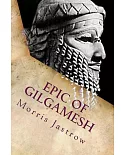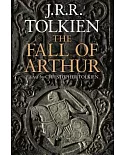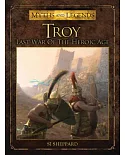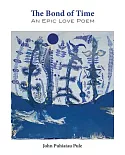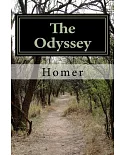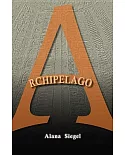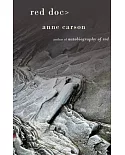The Epic of Gilgamesh - An Old Babylonian Version - With Yale Tablet Illustrations. Complete Translated Edition. The Gilgamesh Epic is the most notable literary product of Babylonia as yet
discovered in the mounds of Mesopotamia. It recounts the exploits and adventures of a favorite hero, and in its final form covers twelve tablets, each tablet consisting of six columns (three on
the obverse and three on the reverse) of about 50 lines for each column, or a total of about 3600 lines. Of this total, however, barely more than one-half has been found among the remains of
the great collection of cuneiform tablets gathered by King Ashurbanapal (668–626 B.C.) in his palace at Nineveh, and discovered by Layard in 18541 in the course of his excavations of the mound
Kouyunjik (opposite Mosul). The fragments of the epic painfully gathered—chiefly by George Smith—from the circa 30,000 tablets and bits of tablets brought to the British Museum were published
in model form by Professor Paul Haupt;2 and that edition still remains the primary source for our study of the Epic.



